om Ripley, Patricia Highsmith's protagonist in her series, The Ripliad,1 is ambitious, sexually ambiguous and brilliant. Minus the murders (as far as one knows)2 an apt description of Stuart Cummings Ripley, the unheralded 20th century author and notorious lover of women and men. One can only speculate whether Highsmith and Ripley were acquaintances (or more) but both lived in New York City during 1947- 48. Half his age but as sexually adventurous and ambiguous as he, it is not far-fetched to imagine Highsmith coming under Stuart Cummings Ripley's influence.
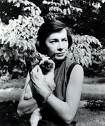 Patricia Highsmith
Patricia HighsmithRipley's muscular prose seems to have been emulated by many literary lights who enjoyed a greater reputation than he. Ripley's first novel, Catastrophe at Carrizal (1919), an unflinching account of the American incursion into Mexicio, 1916, and audacious in the use of the second person point of view, obviously influenced Hemingway's unsentimental tales of men at war and his terse prose style. Compare this excerpt from Catastrophe at Carrizal, "You stand there reading the ledgers of war: the dead bodies, rivers running red, road signs riddled by bullets and you think about honor and glory and you want to puke," to one from Hemingway's A Farewell to Arms, "Abstract words such as glory, honor, courage, or hallow were obscene beside the concrete names of villages, the numbers of roads, the names of rivers, the numbers of regiments and the dates."
Likewise, both John Updike, who acknowledged his debt to Ripley ("As a boy . . . my mother forced me to read Ripley's 'Desert Triad,'3 and I'm thankful she did.")4 and Lawrence Durrell, who did not, were deeply affected by Ripley's powerful Desert novels.
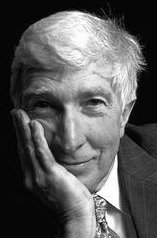 John Updike
John UpdikeIn his four 'Rabbit' novels5 Updike seems to have modeled his protagonist, Harry 'Rabbit' Angstrom -- a "beautiful brainless guy" according to his creator -- on Ripley's 'Desert' anti-hero Moorehead O'Hare, who, like Rabbit, capitalizes on his athletic prowess (Angstrom's a high school basketball star, O'Hare a world-class fencer) and manages to stumble through war and prosperity, wives and children in crisis after crisis of self-doubt.
Durrell appropriated both Ripley's desert landscape, by setting The Alexandria Quartet in Egypt, but also the spiritual complexities Ripley explored in his Desert triad. Durrell described the ideas behind the Quartet in terms of a convergence of Eastern and Western metaphysics, based on Einstein's overturning of the old view of the material universe. Durrell's protagonist, like Ripley's, comes through his trials in the desert a changed man.
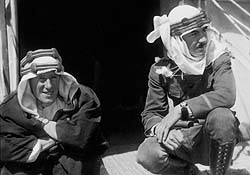 T.E. Lawrence, Ripley in desert together
T.E. Lawrence, Ripley in desert together
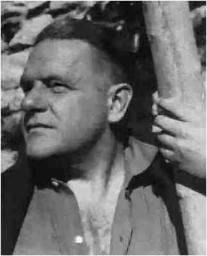 Lawrence Durrell
Lawrence DurrellAlthough Ripley's novel, My Town, which focused on the hypocrisies of middleclass Americans, wasn't published until 1928, there is some evidence that this was meant to be his first novel. Handwritten notes dating from Ripley's newspaper days refer to a cast of characters as being "as treacherous as a prairie full of gophers." There is also some evidence from Sinclair Lewis' letters as he was journeying across the United States that he spent some months in Cummings, Ohio, in 1915 with "a young journalist name of Ripley."6 In 1920, Lewis published his first commercially successful novel, Main Street. Set in the fictional town of Gopher Prairie, it was peopled with vicious back-stabbers and hypocrites. Reader, you decide.
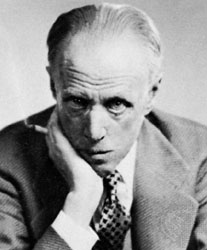 Sinclair Lewis
Sinclair LewisWhile in residence in Sag Harbor, Long Island, during the 1930s Ripley associated with other members of the Lost Generation, back from their sojourns in Paris: Ernest Hemingway, F. Scott and Zelda Fitzgerald, Dorothy Parker, Henry Miller and Ezra Pound. Ripley was particularly drawn to Dorothy Parker's mordant wit and Fitzgerald's beautiful-but-damned persona. It is difficult to ascertain who influenced whom during this period of a seemingly symbiotic and vigorous literary output but one can find parallels in Fitzgerald's Tender Is the Night (1934) and Ripley's Time of Darkness (1933). In both works, the protagonists are married to beautiful, difficult women resonant of Fitzgerald's wife, Zelda, and Ripley's mistress, Frannie Schmidt.
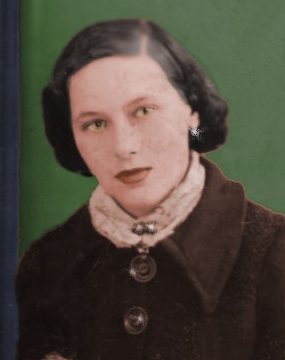 Frannie Schmidt
Frannie SchmidtIn fact, Ripley's novel, Climbing the Hill (1934) reads as an extended metaphor of the poisonous effect Ripley's affair had on his marriage to Sally Beacon. It is also reputed to be the inspiration for Hemingway's title story, "The Snows of Kilimanjaro" (1938) in which the main character develops a gangrenous wound from a thorn prick, the very simile Ripley used in Climbing the Hill when Raymond Light argues with his wife, Amstel, after she confronts him about his affair with Belladonna. "She is as bewitching as her namesake," he tells Amstel, "and as deadly. There is no antidote to the potion with which she has pierced my soul."
Ripley's subsequent novel, Always at Night (1935), the most erotically explicit of his published work, further explores Raymond Light's affair with Belladonna and is said to have driven Sally to commit suicide in 1939 by drowning the Long Island Sound. Ripley's last published novel, Angel in the Clouds (1938) may have been a too little, too late attempt at a 'mea culpa' to his long-suffering wife, whose death sent him into a downward spiral of melancholy and depression.
That Ripley's last (unpublished) novels, The Raw End (1957) and Lost in the Stacks (1958), were a marked departure in tone from his previous body of work, may have been the result of his close friendship with Dorothy Parker. It was she who initially encouraged him to move to Bucks County, Pennsylvania.7 And she must have inspired the acerbic wit, the verbal jousting and the scathing prose found in these manuscripts.
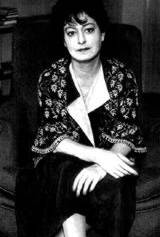 Dorothy Parker
Dorothy Parker
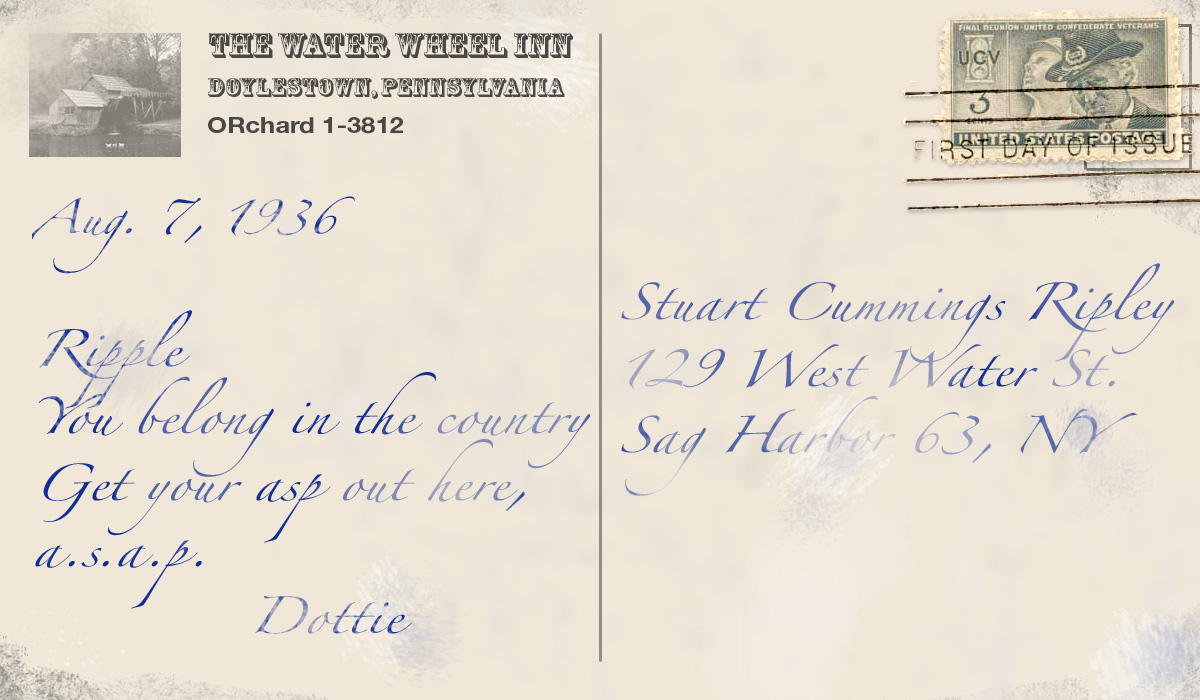 click to enlarge
click to enlargeRipley was very much a man of his time, an influential man and, sadly, in the last, a man under the influence. But his legacy is inexorably bound with rest of his ilk, that Lost Generation who, "full of youthful idealism . . . sought the meaning of life, drank excessively, had love affairs and created some of the finest American literature to date."8
______________________
1. The Talented Mr. Ripley (1955), Ripley Under Ground (1970), Ripley's Game (1974), The Boy Who Followed Ripley (1980), and Ripley Under Water (1991).
2. "I often invite critics to my Bucks County farm, from which they never return." Stuart Cummings Ripley to George Plimpton from a transcript of an unpublished interview for The Paris Review
3. Desert Sand (1924), Desert Bloom (1926) and Desert Dogs (1929).
4. From "An Introduction to Stuart Cumming Ripley" by Don Swaim, excerpted from The Official Stuart Cummings Ripley website: donswaim.com/ripley-intro.htm
5. Rabbit Run (1960), Rabbit Redux (1971), Rabbit is Rich(1981), and Rabbit at Rest (1990).
6. Letter to Upton Sinclair.
7. "Ripple, you belong in the country. Get your asp here, a.s.a.p., Dottie. Aug. 7, 1936." Postcard from the Water Wheel Inn, Doylestown, PA, 1936.
8. What is the Lost Generation? website: http://ok.essortment.com/whatlostgenera_nkj.htm
______________________

